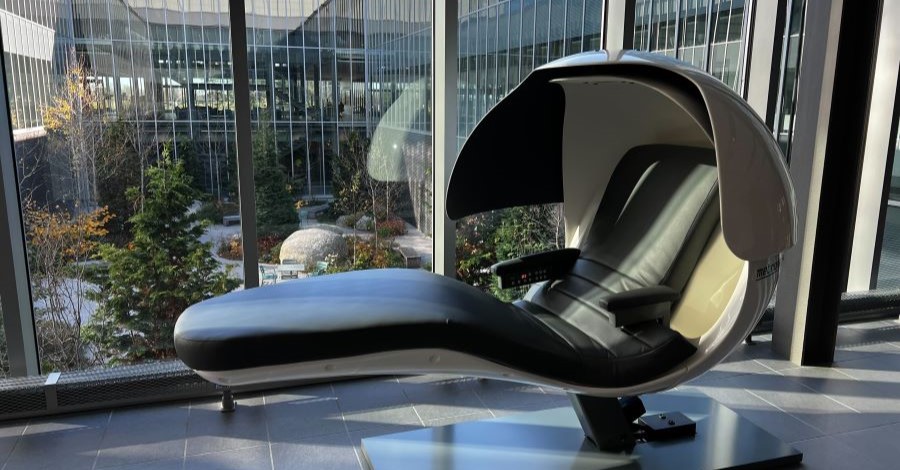The Rise of Nap Pods: Improving Productivity and Mental Health
In today’s fast-paced work environment, the need for effective strategies to enhance productivity and support mental health has never been more critical. One innovative solution gaining popularity is the nap pod, or napping pod, which offers a dedicated space for short, restorative rests. These cozy, often futuristic-looking capsules are popping up in workplaces around the globe, and for good reason.
The Science of Napping
Research has shown that short naps can significantly boost cognitive function, creativity, and overall performance. A study conducted by NASA found that a brief nap of around 10-20 minutes could improve alertness by 54% and enhance task performance by 34%.1 This is especially crucial in high-stakes environments where mental clarity is paramount. With a napping pod, employees can easily take a break and recharge, leading to sharper focus and increased productivity when they return to their tasks.
Read also: How sleep may improve employee productivity

Mental Health Benefits
The mental health benefits of napping are profound. In our hustle-driven society, chronic stress and burnout have become common issues, impacting not only individual well-being but also organizational effectiveness. A napping pod provides a refuge from the relentless pace of work, allowing employees to escape for a moment of tranquility.
Studies indicate that even short naps can reduce stress levels and improve mood. By encouraging employees to utilize napping pods, companies can foster a more supportive work culture that prioritizes mental health. This proactive approach can lead to reduced absenteeism and a more engaged workforce.

Work-Life Balance Redefined
The integration of napping pods in the workplace also signals a shift towards a more balanced work-life culture. Traditionally, many employees have felt pressured to sacrifice their personal well-being for productivity. However, progressive companies are beginning to recognize that employee health and productivity are deeply interconnected.
Napping pods serve as a reminder that taking time for oneself is not only acceptable but essential. By promoting the use of these spaces, organizations can encourage employees to listen to their bodies and take necessary breaks. This approach helps mitigate the stigma often associated with taking time off during the workday, allowing for a healthier balance between work responsibilities and personal needs.

Practical Implementation
For companies considering the introduction of napping pods, there are a few practical steps to ensure their success. First, it’s essential to create a comfortable and inviting environment. The design of a nap pod space should be calming, perhaps incorporating soft lighting and soundproofing to minimize distractions. A clean, cozy space can significantly enhance the experience, making employees more likely to use the pods regularly.
Additionally, clear guidelines should be established regarding usage. Employees should feel empowered to take naps without fear of judgment or repercussions. Encouraging a culture that values rest can transform workplace dynamics, fostering trust and open communication. Organizing information sessions to share best practices so employees have a clearer understanding of why and how to best incorporate daytime rest is important and a great starting point.
Summary
Incorporating nap pods into the workplace can be a game changer for productivity, mental health, and work-life balance. By recognizing the importance of short, restorative breaks, organizations can cultivate a culture that prioritizes employee well-being. As more companies embrace this concept, we may very well see a shift in how we approach work and rest, leading to healthier, happier, and more productive teams.
Ultimately, the napping pod isn’t just a trendy office addition; it’s a step toward a more holistic view of work and wellness. So, if you’re looking to boost your productivity and enhance your mental health, don’t underestimate the power of a little rest. After all, sometimes the best way to move forward is to pause and recharge.


